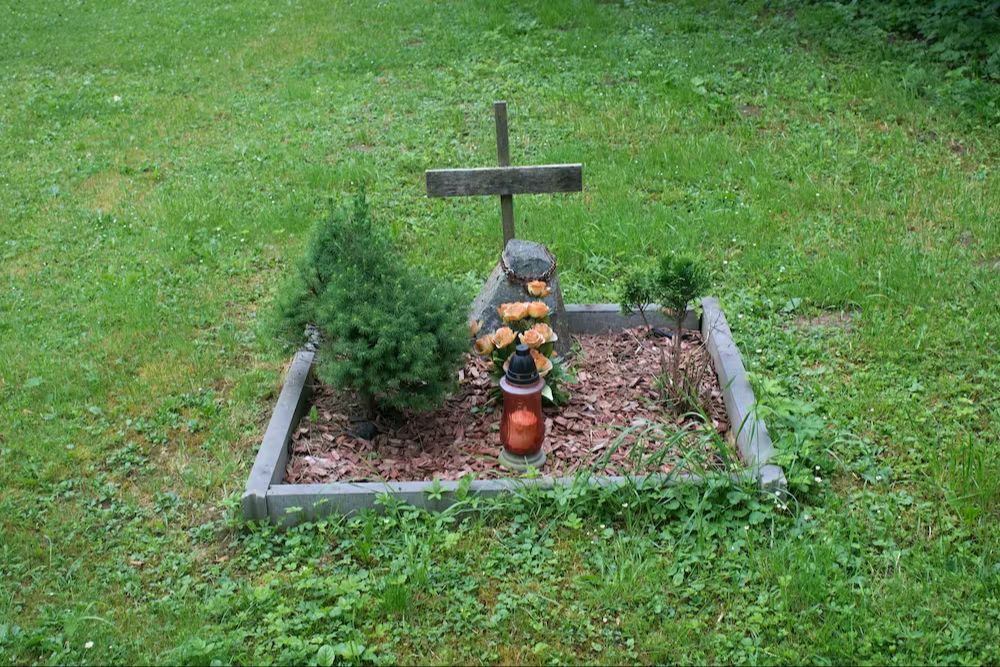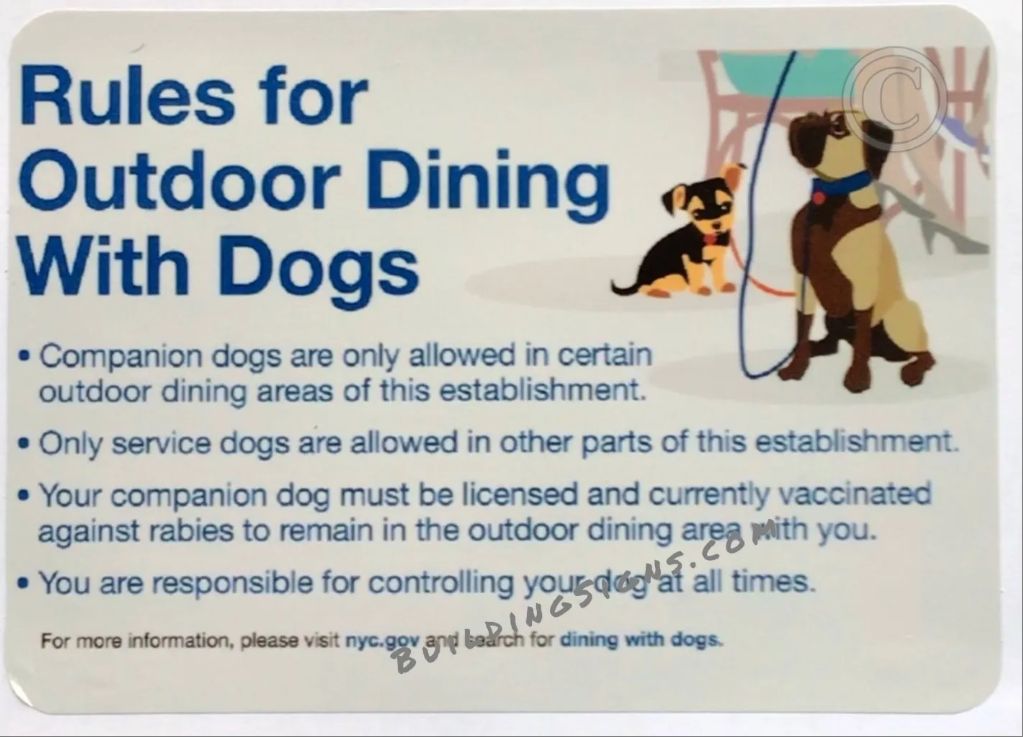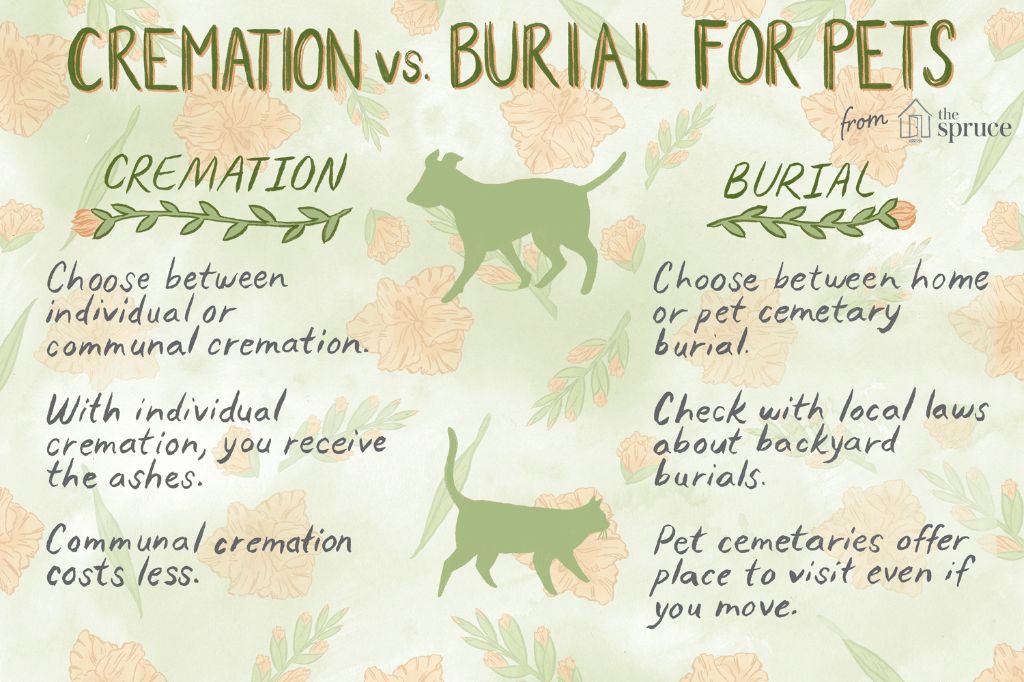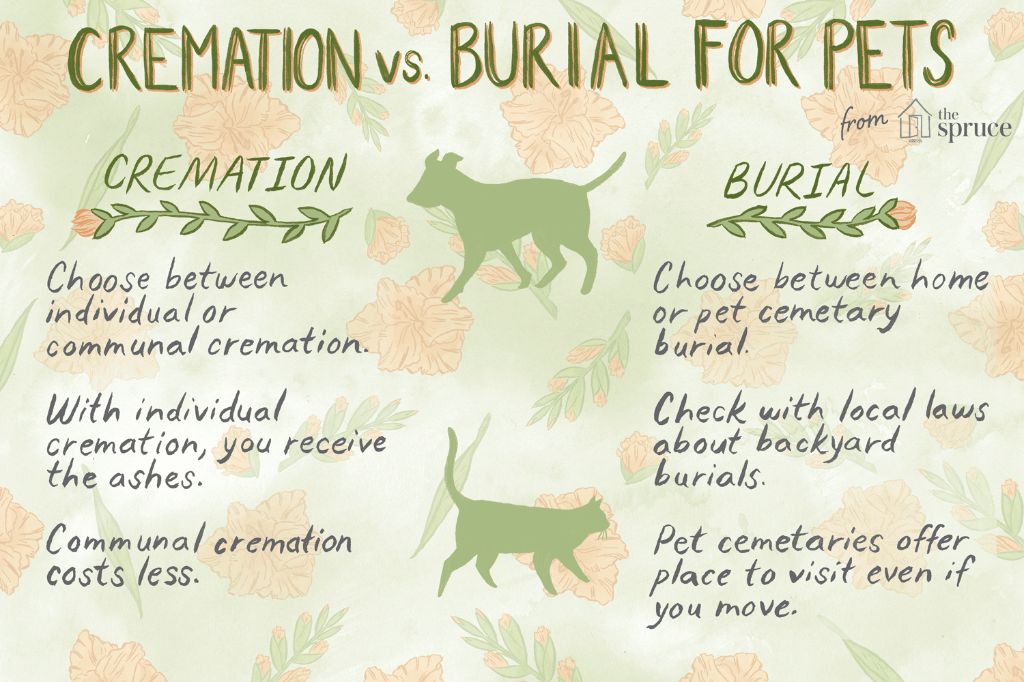Why You Can’t Just Bury Your Dog Anywhere
Saying goodbye to a beloved pet is never easy. When that painful time comes to lay your dog to rest, your first instinct may be to bury them in your own backyard for an intimate home funeral. However, there are important legal, health, and environmental reasons why you can’t just dig a hole and bury your dog on your personal property.
Though there are no federal laws in the US dictating pet burial, many states and local municipalities have regulations about where you can and cannot bury animal remains. There are also concerns around groundwater contamination from decomposition. Additionally, most veterinarians recommend not burying pets at home because it can prolong grief. Instead, they suggest options like pet cemeteries, cremation, and memorials.
This article will provide an overview of pet burial laws by state, potential health risks, environmental impacts, better memorial alternatives, and tips for coping with the loss of a pet. We aim to help pet owners understand why backyard burials are typically not advised so they can make the most informed decision to honor their beloved companion.
Health Risks of Backyard Dog Burial
There are some health risks to consider when burying a dog in your backyard. As the dog’s body decomposes, it can spread disease and contaminate the soil and groundwater.

According to professionals, parts of a deceased pet’s body, particularly their nervous, urinary, and gastrointestinal systems, may harbor pathogens after death that could potentially contaminate the yard or nearby water supply (source). Diseases like parvovirus, distemper, kennel cough, and rabies can spread through soil and contaminate water.
As the animal’s remains decompose, the contaminants can leach into the soil and be absorbed by plants. The groundwater underneath can also become polluted, spreading contamination widely. Backyard burial risks polluting local bodies of water that pets or people may come into contact with (source).
Environmental Impact
Burying a pet in your backyard can have negative consequences for the environment. As the animal’s body decomposes, it releases contaminants into the soil such as fats, pathogens, and toxins that can be harmful to plants and wildlife (Why you shouldn’t bury your pet in the backyard). The decomposition process uses up oxygen and releases methane gas, altering soil chemistry. This can kill vegetation, attract pests, and spread disease to other animals. Wildlife may dig up the remains and scatter bones and fur, further spreading contamination. While pet cemeteries use liners and barriers to mitigate these risks, backyard burials have no such protections. Professional pet burial services advise burying at least 3 feet deep and away from any water sources to minimize the environmental impact.
Zoning and Permit Laws
Most areas have laws and regulations on burying pets in backyards or on private property. These laws vary widely depending on the state, county, and municipality, but in general aim to protect public health and sanitation.

Many regions require pet owners to obtain a permit or license prior to backyard burial. Approval often depends on property zoning, distance from water sources, and depth of burial. Some rural areas may allow backyard pet burial with minimal oversight, while more populated zones prohibit it entirely.
Areas like Colorado, Maryland, and Pennsylvania restrict backyard pet burial to rural zones and areas not designated for residential use. California prohibits backyard pet burial altogether unless the burial site will become a licensed pet cemetery.
Most regulations require a minimum of 2-3 feet of soil covering the pet’s remains. This helps prevent odor and contamination of groundwater. Burial must occur away from water wells and streams on the property.
Penalties for violating pet burial regulations can include fines up to $1000 in some areas. Repeated violations may be subject to criminal prosecution. Some municipalities can revoke backyard burial privileges for non-compliance.
Better Alternatives
Instead of burying your pet in the backyard, there are better alternatives for handling their remains after they pass away. Two common options are using pet cemeteries or cremation services.

Pet cemeteries provide a dedicated space for memorializing and burying animal companions. They maintain the grounds and ensure proper burial according to local laws. Many pet cemeteries have sections for casket burial as well as cremation interment. They may offer memorial markers, flowers, and other services for honoring pets (source).
Pet cremation is another respectful option. There are pet cremation services and companies that will handle the entire process. The ashes can be returned in an urn or other memorial container. Some services allow witnessing the cremation process or being present for a final goodbye (source). Cremation provides an alternative when burial may not be possible.
Other alternatives include aquamation, taxidermy preservation, and options like turning ashes into glass art or a memorial diamond. Consulting with a vet or pet loss professional can help decide the best option.
Grieving Process
Losing a pet can be an extremely painful experience. Many pet owners consider their pets to be members of the family, so the grief felt after their passing can be intense. It’s important to allow yourself to fully grieve the loss as part of the healing process (American Veterinary Medical Association, 2022). Some recommendations for managing the grief after losing a pet include:
Closure and memorialization: Holding a pet memorial service, burial, or creating a physical memorial can help provide closure. This gives you a chance to say goodbye and honor your pet’s life (Humane Society, 2023). Other acts like making a donation in your pet’s name, planting a tree, or creating a photo collage can also memorialize them.
Don’t isolate yourself: Talking with sympathetic friends and family about your pet can help ease the grieving process. Consider joining a pet loss support group to connect with others going through similar experiences (HelpGuide, 2023).
Expect ups and downs: The stages of grief don’t follow a linear progression. Feelings of sadness, anger, guilt, etc. may come in waves. Be patient with yourself and allow the grief to run its course naturally.
Take care of yourself: Make sure to get adequate sleep, nutrition, and exercise as you grieve. Practicing self-care helps equip you to healthily process the loss.
Consider getting a new pet: For some, welcoming a new pet into the home eventually helps fill the void left behind. Take time to be sure you’re ready before making this decision.
Seek additional support if needed: If grief becomes prolonged or debilitating, consider speaking to a therapist that specializes in pet loss for extra support (American Veterinary Medical Association, 2022).
Preparing for End of Life
Making arrangements in advance is an important part of preparing for your dog’s end of life. According to the article “Preparing for Your Dog’s Euthanasia: 10 Thoughts for Peace”, before your dog’s appointment, you should speak with your veterinarian about final arrangements such as burial or cremation. Discuss whether you prefer private or group cremation, an urn for the ashes, paw print impressions, clipping some fur for keepsakes, etc. Knowing the options available can provide some comfort and control during this difficult process.
It’s also helpful to have frank conversations with your vet ahead of time about how the euthanasia process works. According to the article “How to Prepare for Pet Euthanasia at Home”, your vet can explain the medication process in detail and what to expect after injecting the euthanasia solution. They can reassure you that your pet will not be in any pain or distress. Understanding the process can help ease some of the fear and uncertainty.
Making thoughtful preparations in advance allows you to honor your pet’s life fully. Although immensely difficult, taking care of logistics ahead of time can provide some focus during the grief process.
Cultural Shifts
Our relationship with pets has changed dramatically over the past century. Pets have become increasingly important parts of our families and home lives. We now think of pets as family members rather than possessions or property. This evolving perspective is reflected in changing practices around pet burial and memorialization.
In the past, unceremonious disposal of a pet’s remains in the backyard was common. But now, elaborate pet funeral services, caskets, and headstones have become more popular. According to research by Tourigny, “As our relationship with pets continues to change, so do burial practices. Cremation services are becoming much more available and popular.” (https://www.iflscience.com/shifts-in-pet-cemetery-practices-reflect-our-changing-relationship-with-animals-57612)
The Smithsonian notes that “deciding to bury [pets] was a turning point in our evolving relationship with animals that reflects the values and norms of historical eras.” Our choice of pet memorialization options today reflects our bonds with pets and how they are valued family members. (https://www.smithsonianmag.com/smart-news/pet-cemeteries-reveal-just-how-much-our-relationships-pets-have-evolved-180976153/)
Actions to Take

Before deciding to bury your pet in the backyard, be sure to understand and follow the laws and regulations in your local area.[1] Many municipalities prohibit backyard burials due to health and environmental concerns.[2]
Make the necessary preparations if you do plan for a home burial. Digging a sufficiently deep hole (at least 3 feet) requires physical effort. You’ll also need to research how to properly wrap or contain the pet’s remains before burial.[3]
Consider alternative options for memorializing your pet, such as cremation or services at a pet cemetery. These options avoid the potential issues with burying at home while still allowing you to honor your pet’s life.
Conclusion
There are several compelling reasons not to bury your dog in your backyard. First and foremost, there are health risks associated with contamination of groundwater from decomposing animals. It can also disrupt the natural environment around your property. Additionally, there are often local zoning laws and permits required before you can dig on your property for a pet burial.
While the loss of a beloved pet is incredibly hard, there are better ways to memorialize them. Consider cremation or professional pet cemeteries that are designed specifically for laid-to-rest animals. This also avoids the complicated emotions that could arise from having your pet buried so close by. Grieving is a process, be patient with yourself.
As our relationships with pets evolve, so do burial rituals and norms around end-of-life care. Focus on celebrating your dog’s life. And when you’re ready, consider paying tribute by adopting another animal in need.